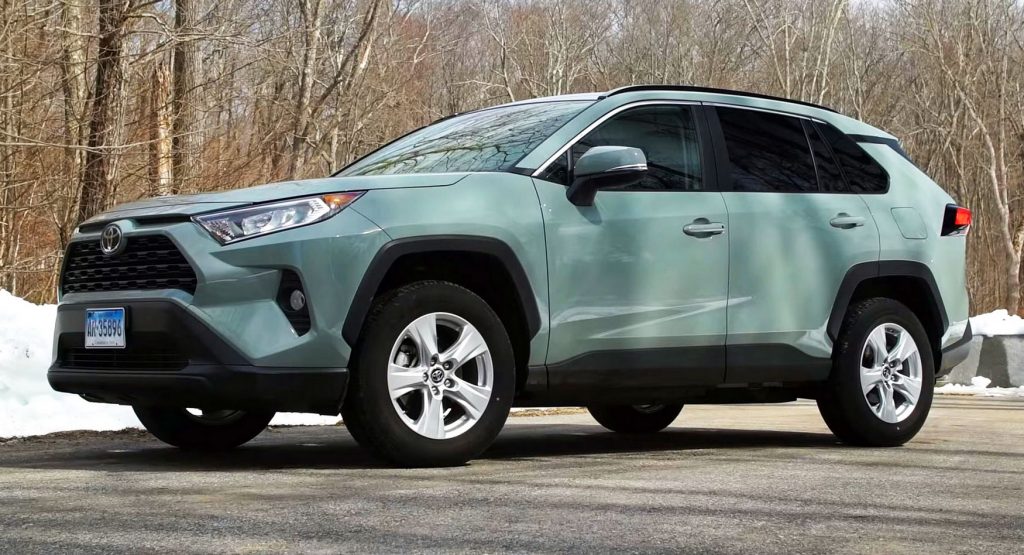The new Toyota RAV4 has made some necessary changes in order to become more appealing to customers. Thankfully these changes are more than skin-deep.
The adoption of Toyota’s TNGA platform has made the RAV4 slightly shorter but also wider and with a longer wheelbase, benefiting the available space in the cabin. It also gave the popular Toyota SUV a much more rigid base to begin with, 57 percent stiffer to be exact.
Consumer Reports reviewed the gasoline version of the Toyota RAV4, which is powered by a 2.5-liter four-cylinder engine with 203hp and 184lb-ft of torque. The only transmission available is an eight-speed automatic unit, with customers offered the choice between front- and all-wheel drive.
If you want all-wheel drive with your new gasoline Toyota RAV4, you’re faced with two options: either the standard on-demand system or a new, more capable torque-vectoring system that can not only shift 50 percent of the torque to the rear axle but also control the torque split between the rear wheels for maximum grip.
And while the adoption of the TNGA has made the RAV4 a more responsive and agile SUV to drive, CR found that the engine can be quite noisy and the ride stiffer than some of its key rivals, including the Mazda CX-5 and Subaru Forester.
Not everything is then perfect according to this review, but the Toyota RAV4 is still deemed a well-performing model in its class.




